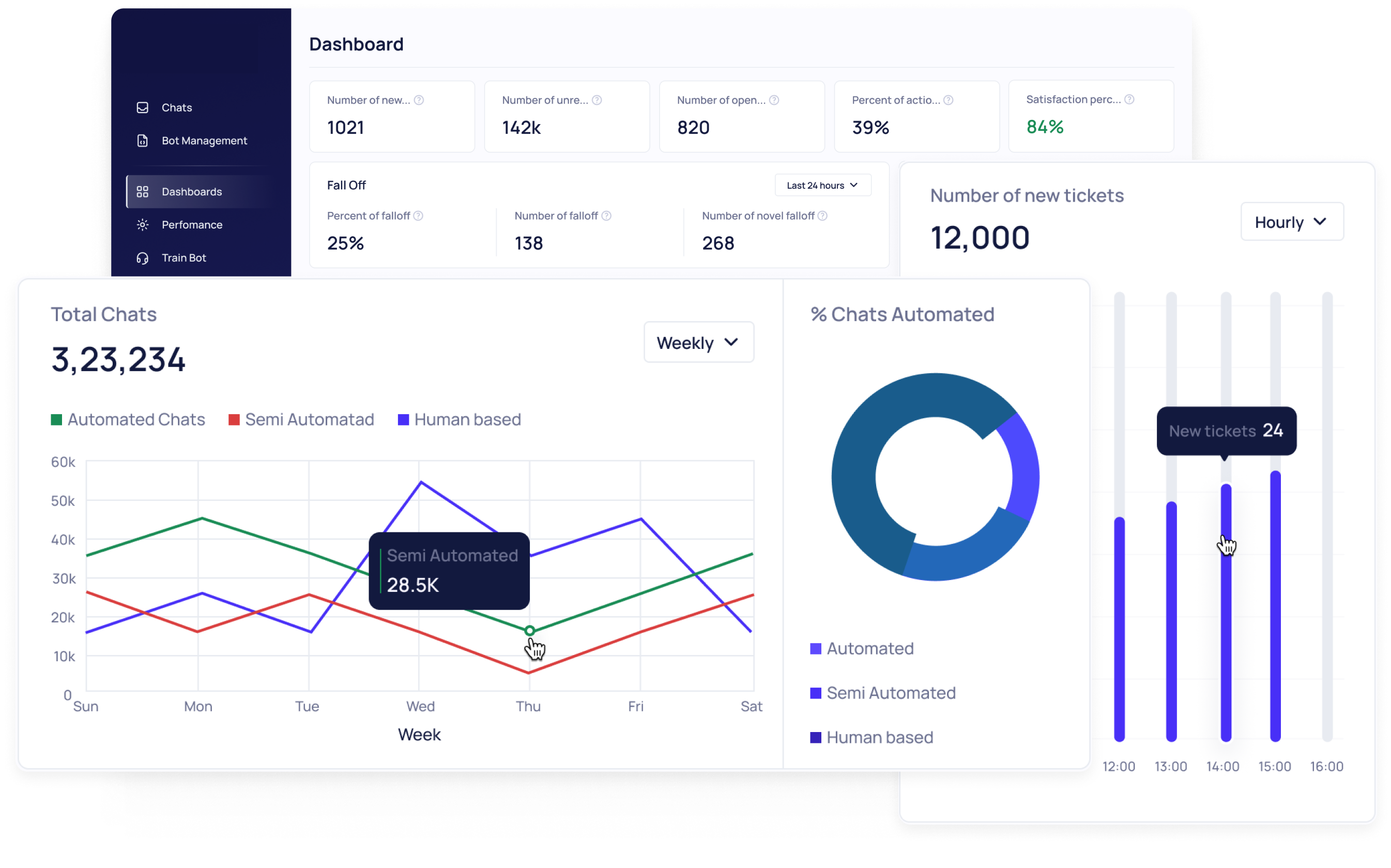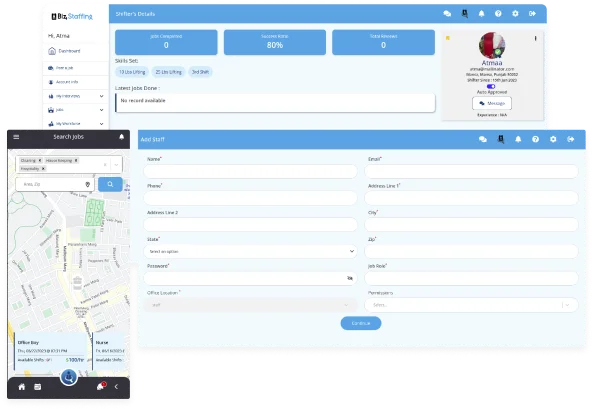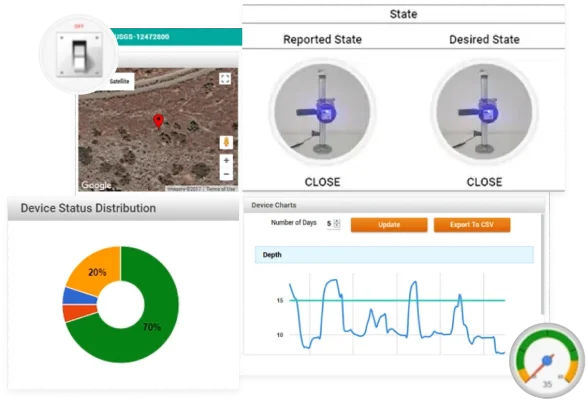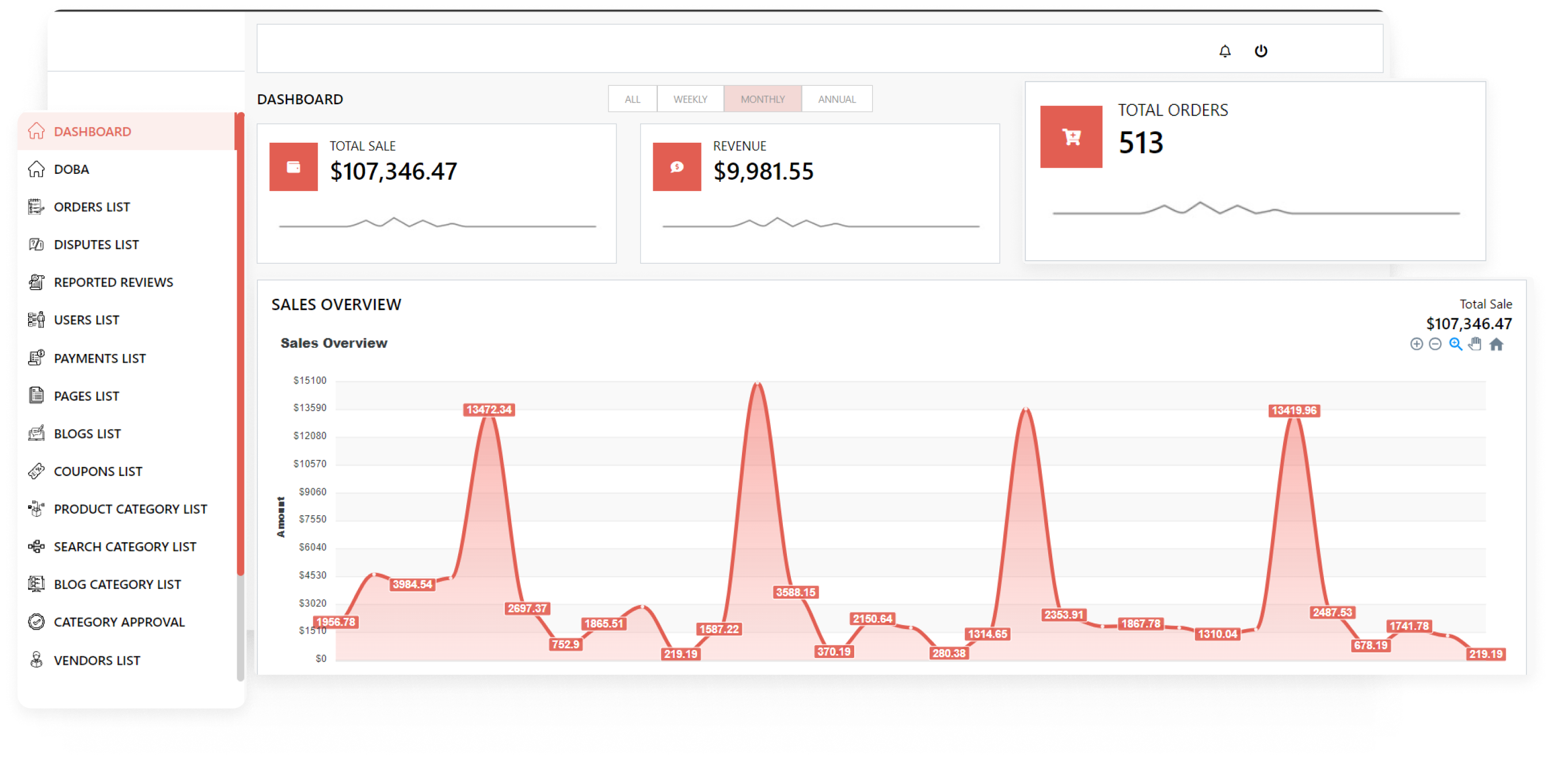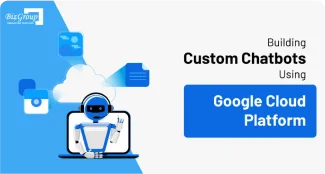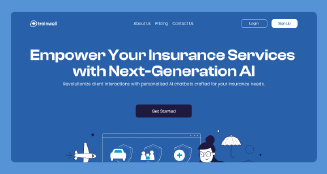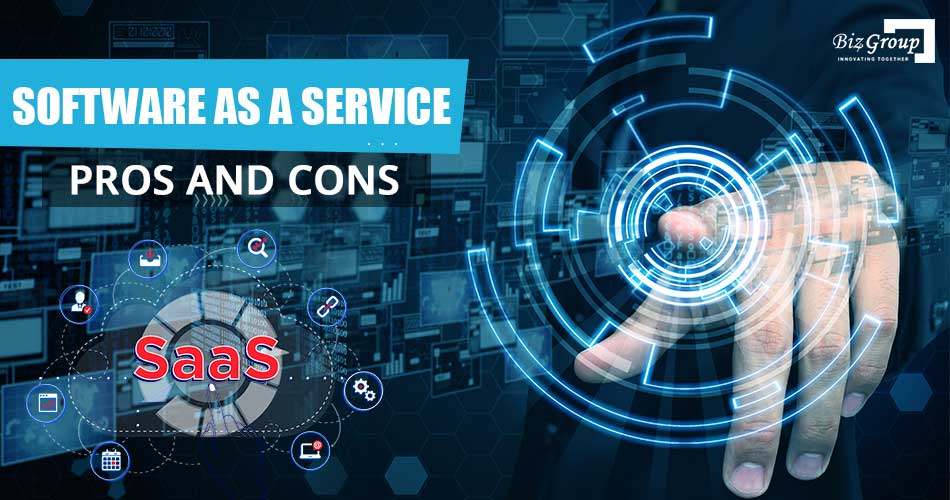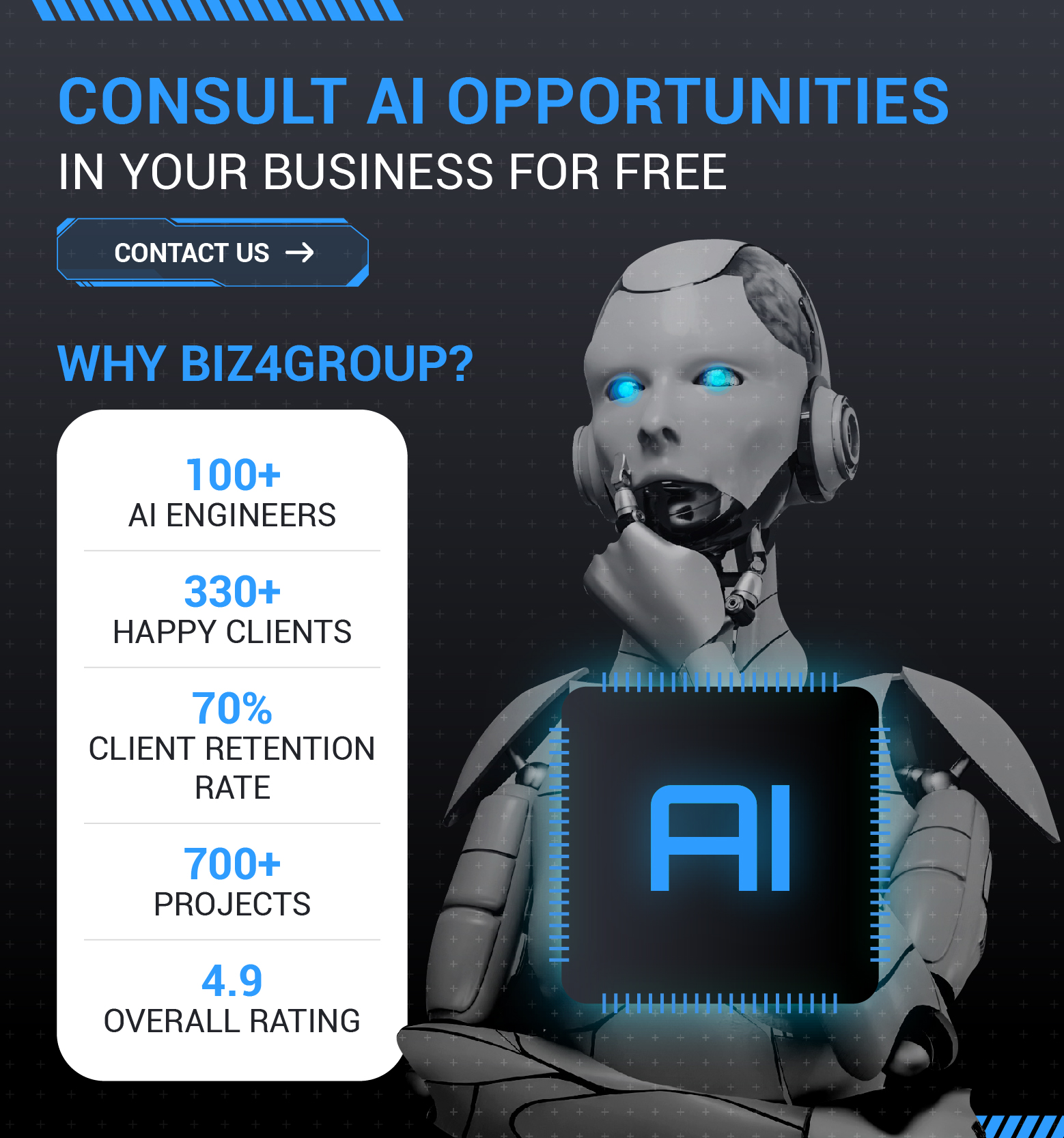Weighing the Scale - Pros and Cons of Software as a Service
What Wikipedia briefed as a ‘software licensing and delivery model’ – where a software or software service are rendered on a subscription basis and centrally hosted by the software developer and service provider, has taken a more substantial shape in the modern digital age. Broadly stating, SaaS (Software as a Service) is kept under the umbrella term of ‘Cloud Computing.’ In this, the third-party service provider hosts the application and avail the same for customers on online platforms.
What Statistics speak of SaaS and Cloud Computing?
The total size of public cloud Software as a Service (SaaS) is all set to reach US$ 157 billion by 2020, which is almost double the market size compared to the year 2014. Today, public cloud SaaS with a high penetration rate is gaining a more significant share in the global technology vertical and attracting other business verticals to adopt this evolving tech.
Further, as per SRGResearch, Microsoft is having the largest market share of 18%, and that makes it the largest SaaS provider worldwide. The same research stated that 22% of the IT budget in 2020 would go to cloud-based services, in guise, to SaaS. The software report has shown that there are nearly 10,000 private SaaS companies active in this vertical and helping companies to automate their business. Blissfully, in its recent forecast, accredited SaaS spending to double by 2020 compared to the last five years.
SaaS alone, apart from IaaS (Infrastructure as a Service), PaaS (Platform as a Service), BPaaS (Business Platform as a Service) in public cloud services is set to cross US$ 151.1 billion mark by 2022, as per Gartner research. Indeed, the statistics mentioned above signify the importance of SaaS, and with its growing role in the industry, it has become synonymous with Cloud Computing.
The Increasing Role of SaaS in the Modern Industry
The hosted application management model of SaaS closely relates to Application Service Provider and On-demand computing software delivery models. SaaS has gradually grown into a standard delivery model for business applications, including office software, messaging software, CRM & HR software, MIS, accounting, gamification, and others. With so many roles in various industry verticals, SaaS is changing the business verticals rapidly. Even Gartner has forecasted worldwide public revenue growth to reach 17% in 2020. At this pace, with cloud and SaaS adoption in mainstream, are going to take technology services to new heights.
While talking about the growing role of SaaS in the industry, it is also essential to discuss the probable pros and cons of this technology, which will further determine the growth curve of the industry. This can undoubtedly exhibit that a company pertaining to particular vertical should adopt this tech or look for an alternate.
Pros of SaaS: The Posed Advantages of the Breakthrough Technology
No need for Hardware Installation
With SaaS integration, there is no need to install and run applications on your computer or install hardware in your company’s data centers. This further relieves the companies from spending on hardware purchasing, installation, and maintenance. Also, the companies are relieved from the burden of software licensing, installation processes.
Affordable model
SaaS comes with flexible payment options, cost-saving option, or in other words, it works as pay as you go, model. Because software is already installed on the internet, the company just need to subscribe to the software depending on their requirements. As stated earlier, with this model, the hardware cost is also saved, that is yet another reason to opt for the usually affordable SaaS models.
Scalable usage
SaaS also offers the vertical scalability of service anytime, depending on the end-user requirements. This all is possible because the software is stored on the cloud, and therefore, it gives adjust the level of service. Further, user addition, expansion, features integration is much more comfortable with SaaS. In a nutshell, depending on your varying requirements, you can scale up or scale down the software service and pay for only what you need.
Automatic updates and patch management
Once you have rendered services of any software from the cloud, there is no need to purchasing or upgrading the software as it comes with automatic updates and regular patches. This keeps the software up-to-date with the changing demands of the latest hardware and other integrated software versions. This, in turn, reduces the burden of having a full-fledged in-house IT team.
Less responsibility
The user once opted for a particular SaaS does not need to pay attention to the maintenance of the software. It is the responsibility of the service provider regarding the upgradation of new features and versions. The service providers also offer SaaS with a number of recovery options as the majority of the data is stored on the cloud, making backup and recovery quite easy.
Easily accessible
Accessing the software is easy on SaaS, as right after the subscription, the facilities are available to the users. The online software can be accessed from anywhere anytime. With a robust and robust internet connection, one can easily access the software and utilize the same for their respective business process.
Installation time and memory
The installation time and memory space both are saved in cased SaaS are rendered by the user. With the required software being already stored on the cloud, it saves the company time and cost both, where the costs relate to both the software requirements and hardware peripherals.
Cons of SaaS: The Hurdles Posed to Inclusion of This New Age Technology
Relying on outside vendors
SaaS comes with only a few drawbacks or disadvantages, one of which is having less control over your system. In SaaS, it is the responsibility of the service provider to keep the software up and running, tracking, reporting, and facilitating a secure environment for the business data.
Service disruptions
The performance of the software services rendered from a cloud depends on internet connectivity. There must be a robust and strong internet connection to access the software and use the services. Apart from the internet connectivity issues, there can be problems with imposing unwanted changes to service offerings.
Data security breach
It is vital to have a strong security protocol to secure user data and software from viruses, malware, and other dangers. Experiencing a security breach and security threat is a common phenomenon amongst SaaS. Further, the customer’s ability to use SaaS may also get complicated.
Conclusion:
SaaS and Cloud Computing, synonymously, are poised to grow enormously in the coming time. Being a tech leader, Biz4Group, strongly recommend other companies to jump the bandwagon and leverage the benefits that SaaS offers. We have successfully deployed software and solutions that come with complete security, service, and upgradation reliance and minimum to zero disruption in service rendering through the internet.
 info@biz4group.com
info@biz4group.com 
















